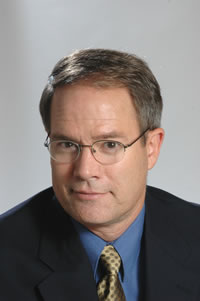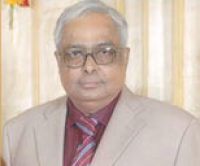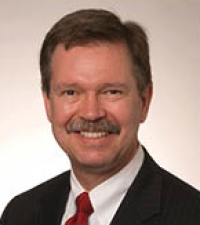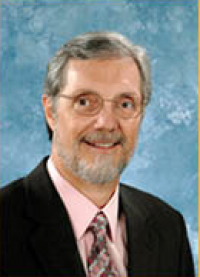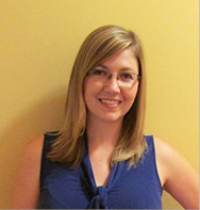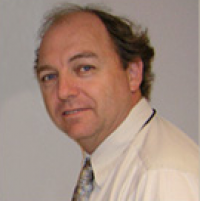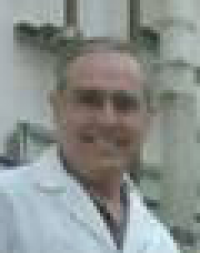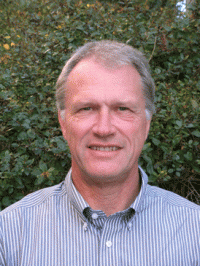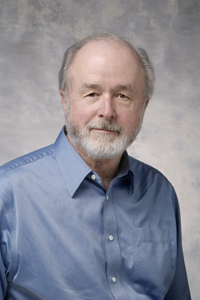
For the last ten years, government policy in Britain has sought to re-invigorate nuclear power as a major contributor to meeting the ‘energy trilemma’; how to produce a stable, affordable and clean source of power sufficient for a country of 60 million people. Working with both government and industry, Kirsty Gogan has had extensive experience in helping to deliver Britain’s ‘nuclear renaissance’. From running the national public consultation for new nuclear sites, reviewing government policy in the wake of Fukushima, to building alliances with environmental groups, her work has helped to re-position nuclear power in the public debate. In this talk she will share her insights into Britain’s experience of redefining nuclear for the 21st century.
Kirsty Gogan sees nuclear power as an essential component for meeting critical challenges of climate change, air pollution and universal access to energy. Leading the Government’s public consultation into the UK’s new build programme she addressed public concerns about nuclear power. Later, as communications director for the UK’s Nuclear Industry Association, she created the Low Carbon Alliance with other low carbon technology trade associations representing more than 1,000 businesses. In addition, Kirsty launched the first UK chapter of the global Women in Nuclear network and creates innovative solutions to challenge popular misconceptions about nuclear energy.
Kirsty Gogan (MSc) is currently a Visiting Researcher at the Dalton Nuclear Institute at the University of Manchester, UK. She is a former Deputy Head of Strategy for the Office of Nuclear Development in the UK Government’s Department for Energy and Climate Change and Head of Communications for the UK Nuclear Industry Association.


